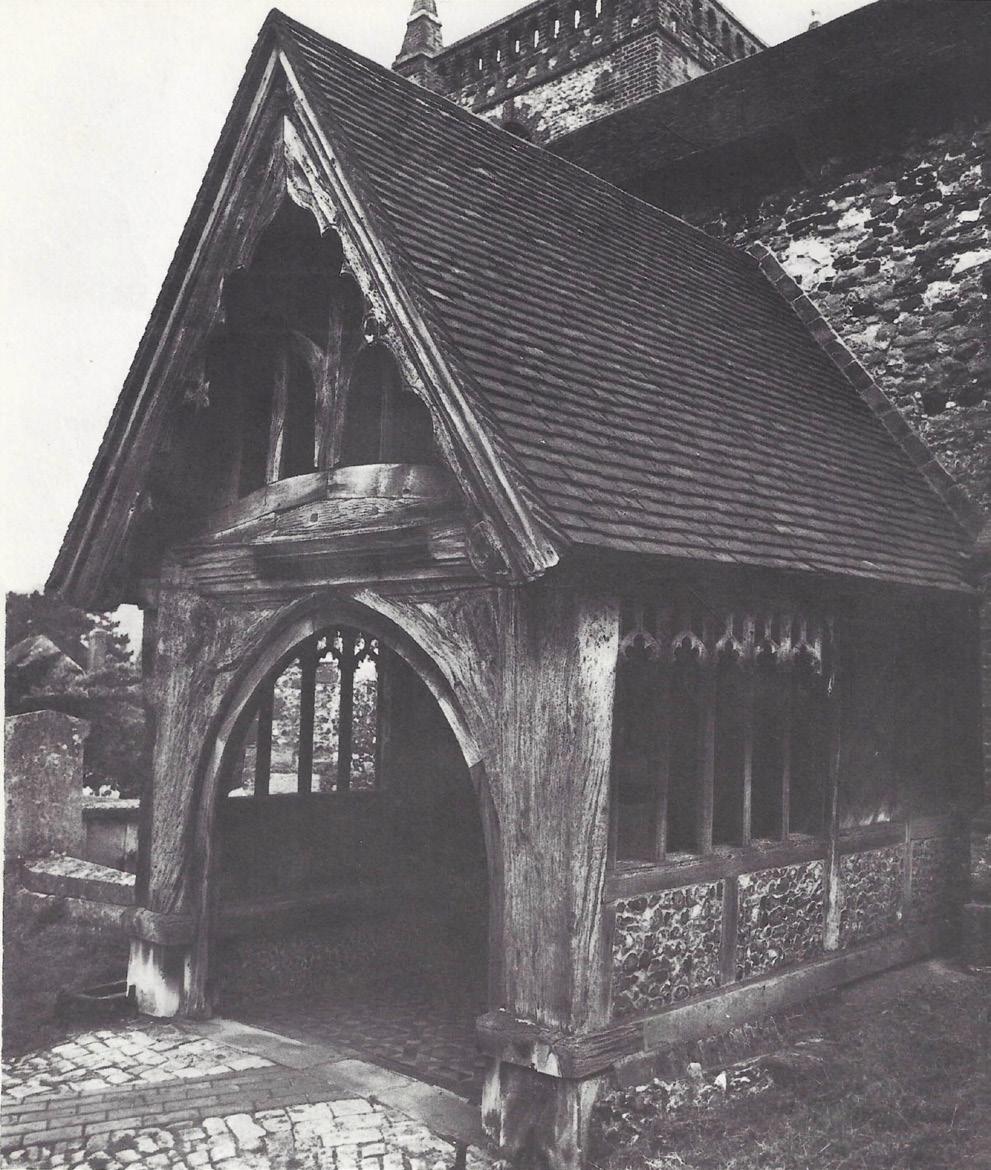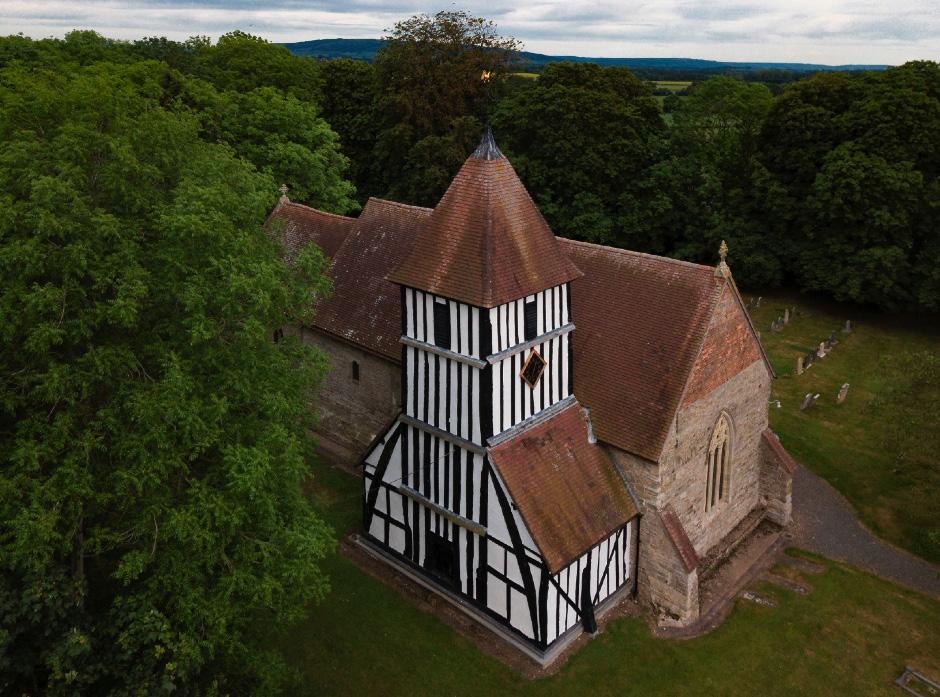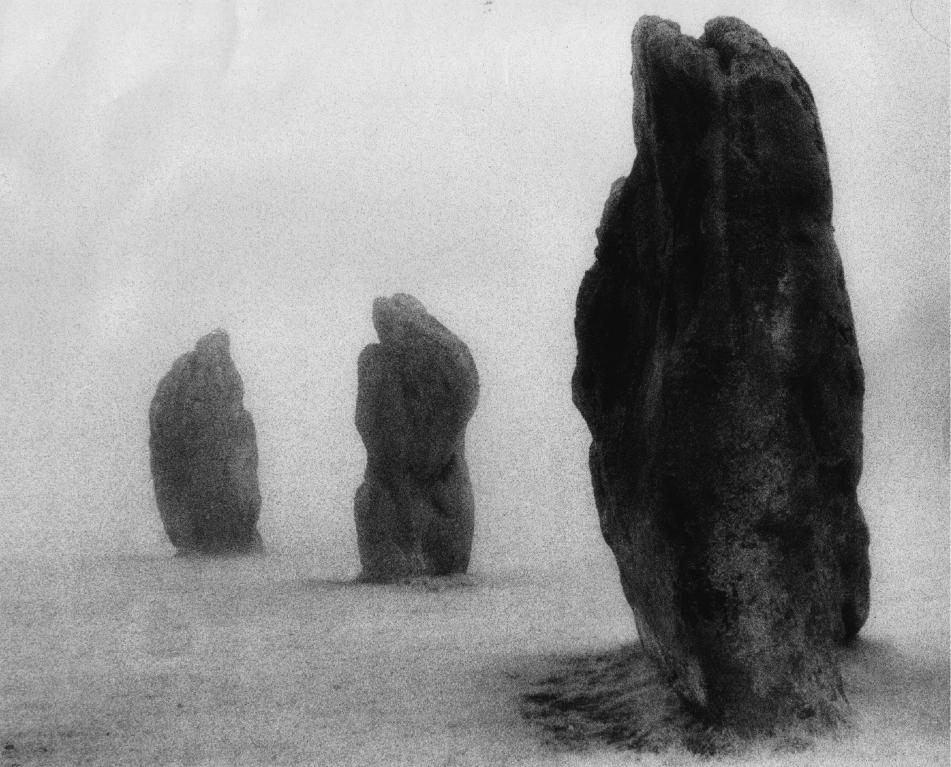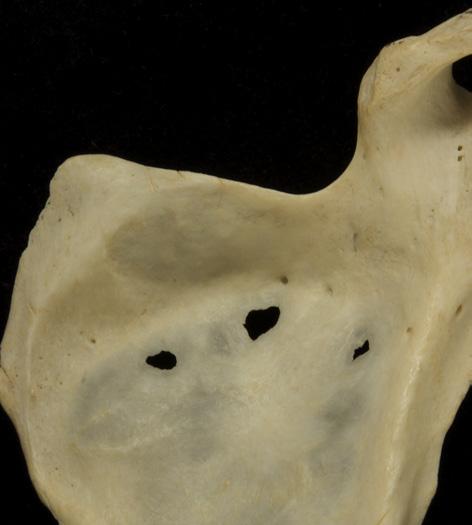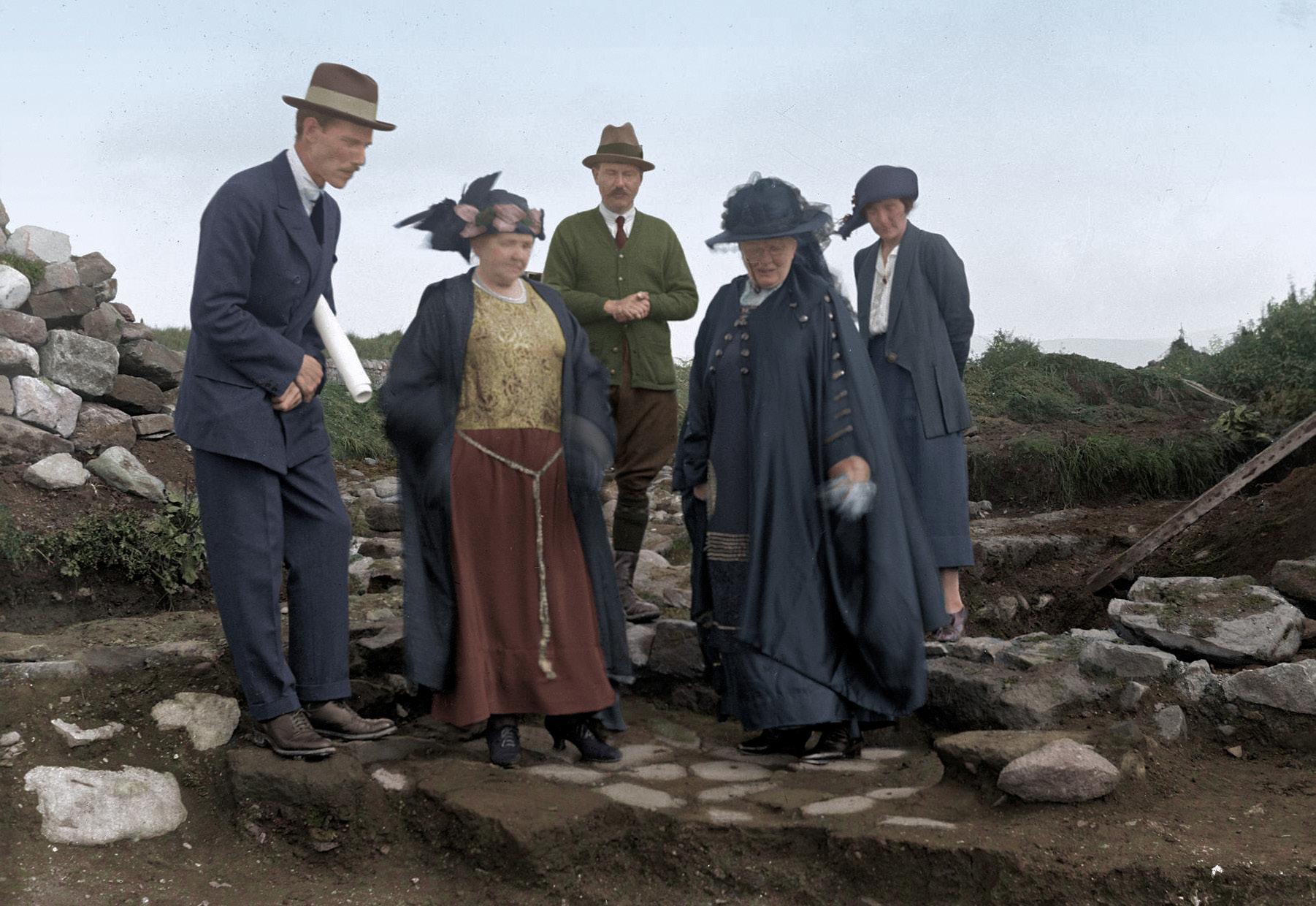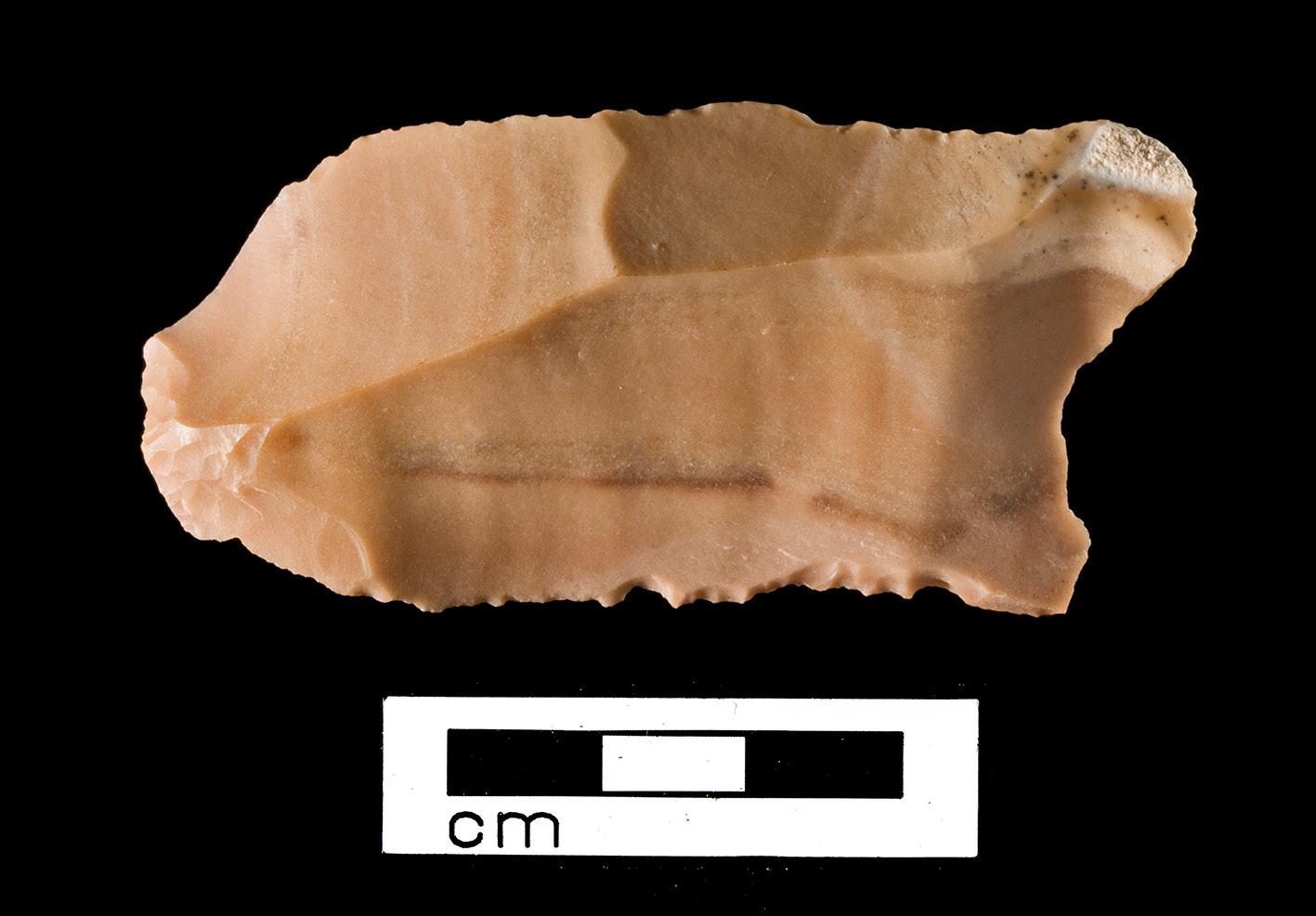MEMBER PROFILE
A Life in Archaeology Eric Houlder LRPS Eric is a longstanding member of the Archaeology and Heritage Group and has been the editor for many issues of the journal and newsletters.
My first ever burial, cleaned and pictured at St John’s Priory, Pontefract, 1958. Clearly there is massive room for improvement in both disciplines. Photographed using a Coronet Viscount.
I
14
chose this title deliberately as I came into photography via archaeology. In my early and mid teens in the 1950s, I did try a little photography, namely trying to photograph a model aeroplane: a Dornier 215, made up from a wartime kit – with my father’s Vest Pocket Kodak, purchased in a bazaar in Cairo whilst he was stationed in North Africa with the RAF. When this was only moderately successful, I obtained a series of cheap up to date cameras. However, a little book Dad had obtained on the troopship home in 1945 had a greater effect on my future.
Later, they dug a trial trench, and I asked to join in. The following year, a proper excavation was planned on the medieval monastic site beneath the field, and again I joined in as a volunteer; I was too young to join the WEA class, and too busy with the demands of school and the family dairy Business1. Whilst digging, a number of us planned to form a local archaeological society and held a meeting in the parish hall. Thus, in April 1957, The Pontefract & District Archaeological Society2 was born. In 1962, after college, I became Honorary Secretary and am currently Chairman.
The book was Sir Leonard Woolley’s Digging Up the Past, 1930. Though quite out of date in many ways, this fired my imagination, though the library at my traditional grammar school had nothing at all on archaeology to follow it up with! Pelican books helped a lot, but the real catalyst was the television programmes of Mortimer, later Sir Mortimer Wheeler. Then, one day in 1956 a group of people began a probe survey in a local field, the Grange, and I learned that they were studying a Workers’ Educational Association (WEA) class in Basic Archaeology, led by their tutor, Vince Bellamy.
Photographically I had a slower start, beginning with the aforementioned Vest Pocket Kodak, moving briefly to my mother’s quarter plate instrument, and then to a series of inexpensive cameras, and finally to one of the first Japanese SLRs to come on to the market in 1961, an Aires Penta 35. In the early sixties I qualified as a History teacher, purchased Cookson’s Photography for Archaeologists, and married Joan. My connection with Vince Bellamy’s dig continued, and I befriended one of the older volunteers whom I was thrilled to learn had known Maurice Cookson whilst

